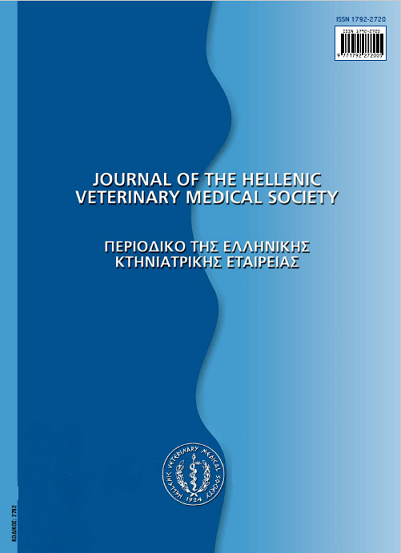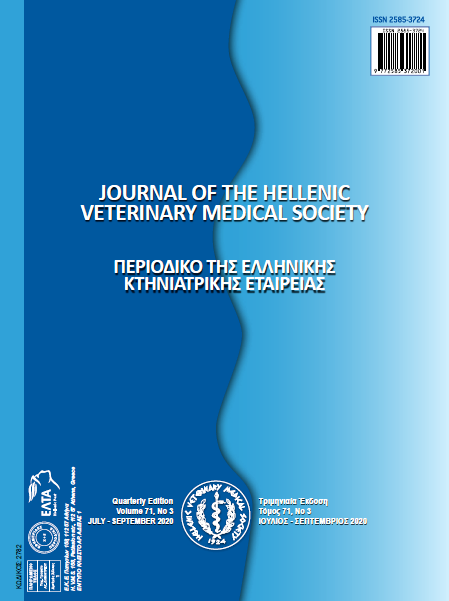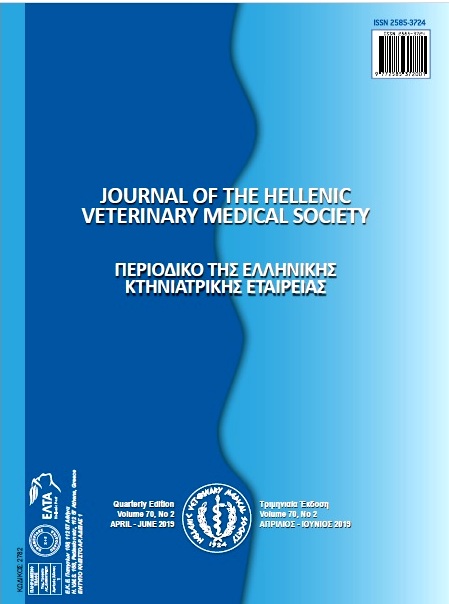First successful hand-rearing and release to the wild of two orphan brown bear cubs in Greece

Abstract
The rehabilitation and release of orphan brown bears (Ursus arctos) to the wild is of increasing importance in the conservation and management of the species. In April 2011 two orphan male brown bears were found and rehabilitated for the first time at a dedicated Bear Rehabilitation Centre in Greece. In this case report we describe in detail the veterinary procedures and the feeding regime followed during the 9-month rehabilitation process. For the release on the 23rd of January 2012 the two bears were anaesthetized with a combination of xylazine and ketamine, and satellite collars were placed on them for post-release monitoring. Eight hours later the bears were anaesthetized with the same mixture for a second time, transported and placed into an artificial den in the wild; recovery from anaesthesia took place without complications. Three months later the bears left the den and started moving in the wider area of northwestern Greece. We conclude that rehabilitation and release of orphan bears is an important tool in the management and conservation of this endangered species in Greece.
Article Details
- How to Cite
-
KOMNENOU, A. T., KARAMANLIDIS, A. A., KAZAKOS, G. M., KYRIAZIS, A. P., AVGERINOU, M., PAPAKOSTAS, G., STEFANIDIS, K., & BEECHAM, J. J. (2018). First successful hand-rearing and release to the wild of two orphan brown bear cubs in Greece. Journal of the Hellenic Veterinary Medical Society, 67(3), 163–170. https://doi.org/10.12681/jhvms.15634
- Issue
- Vol. 67 No. 3 (2016)
- Section
- Research Articles

This work is licensed under a Creative Commons Attribution-NonCommercial 4.0 International License.
Authors who publish with this journal agree to the following terms:
· Authors retain copyright and grant the journal right of first publication with the work simultaneously licensed under a Creative Commons Attribution Non-Commercial License that allows others to share the work with an acknowledgement of the work's authorship and initial publication in this journal.
· Authors are able to enter into separate, additional contractual arrangements for the non-exclusive distribution of the journal's published version of the work (e.g. post it to an institutional repository or publish it in a book), with an acknowledgement of its initial publication in this journal.
· Authors are permitted and encouraged to post their work online (preferably in institutional repositories or on their website) prior to and during the submission process, as it can lead to productive exchanges, as well as earlier and greater citation of published work.




